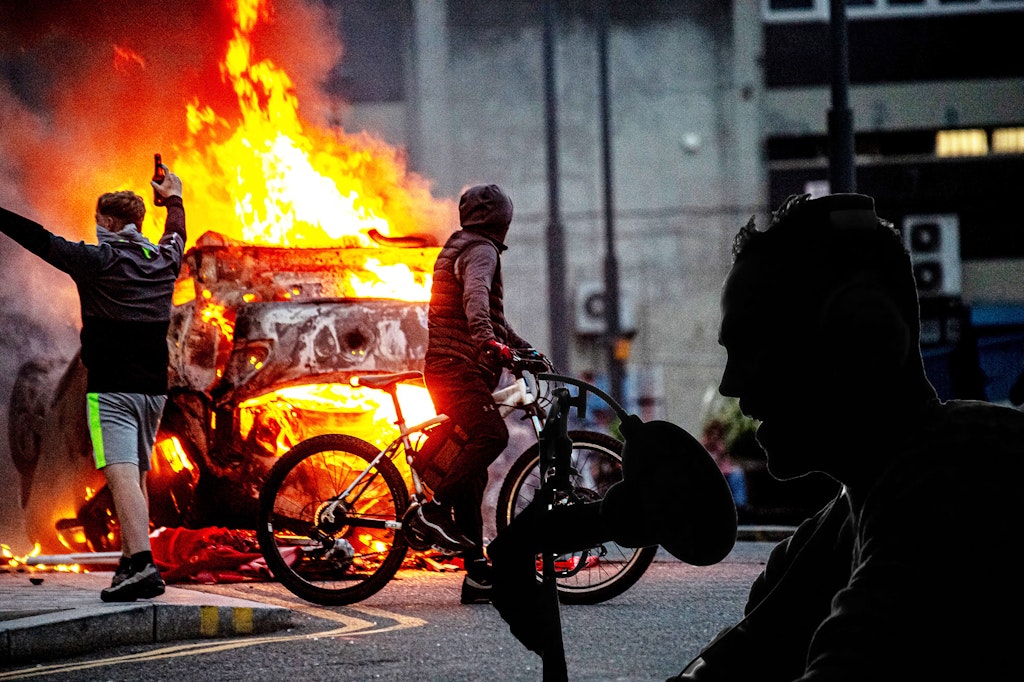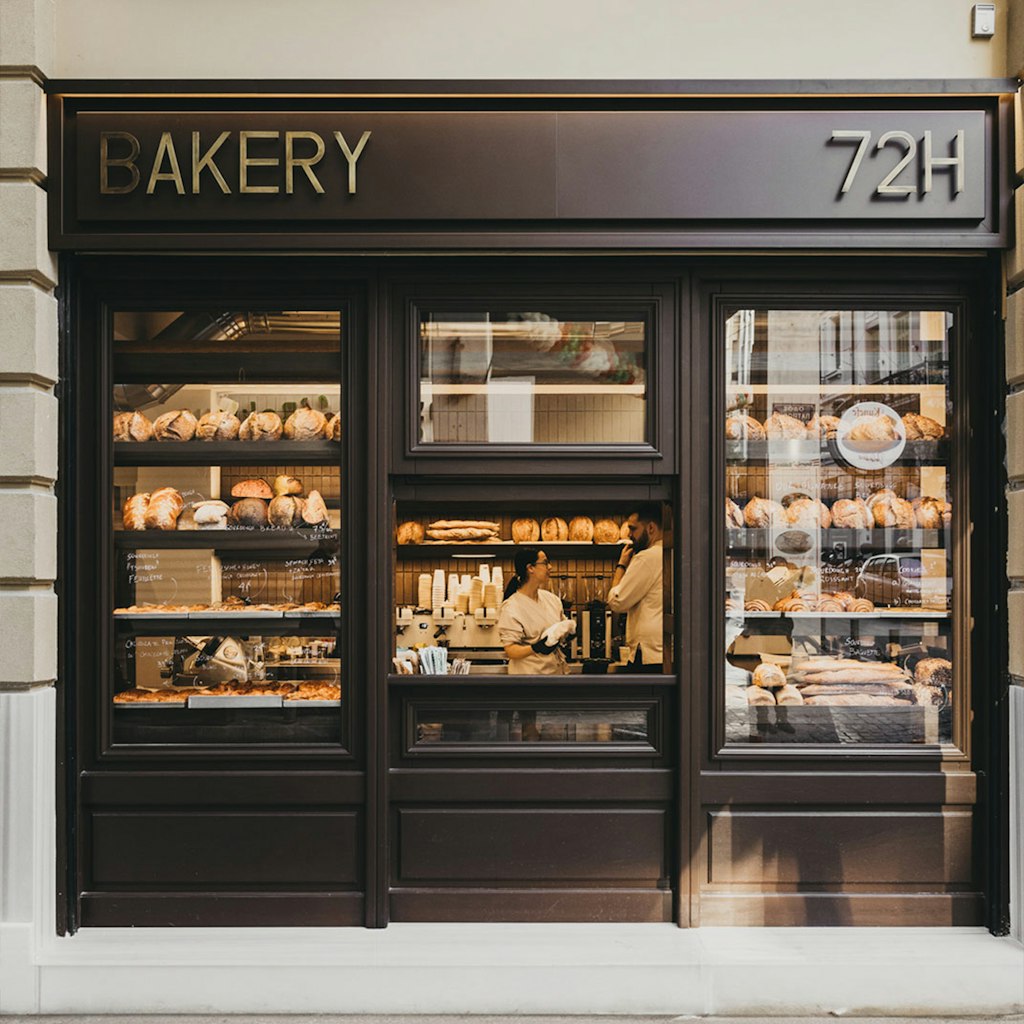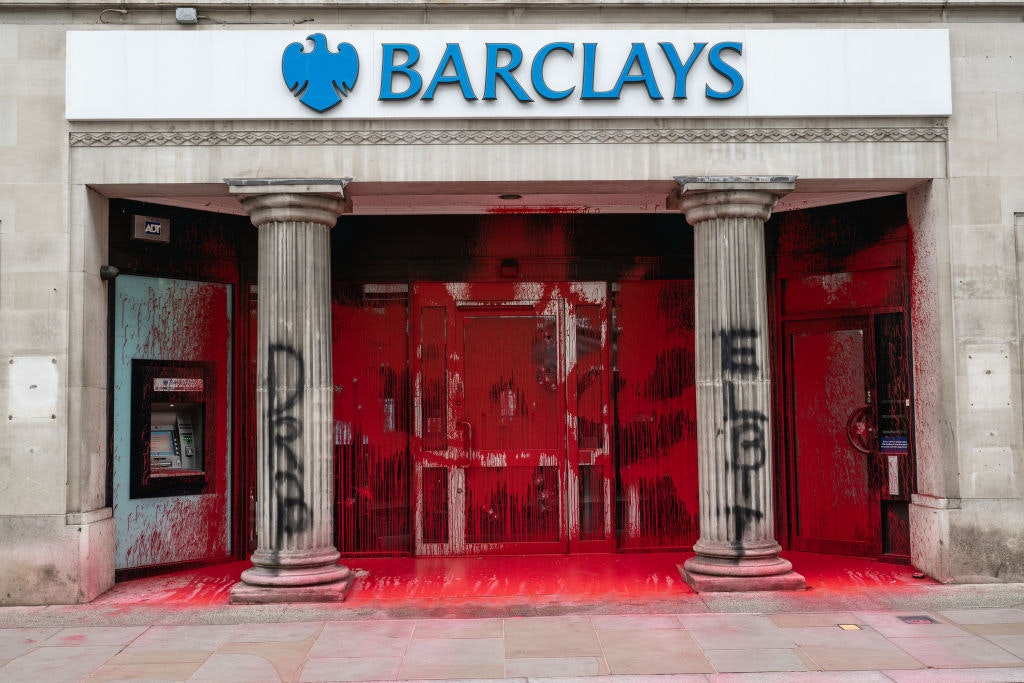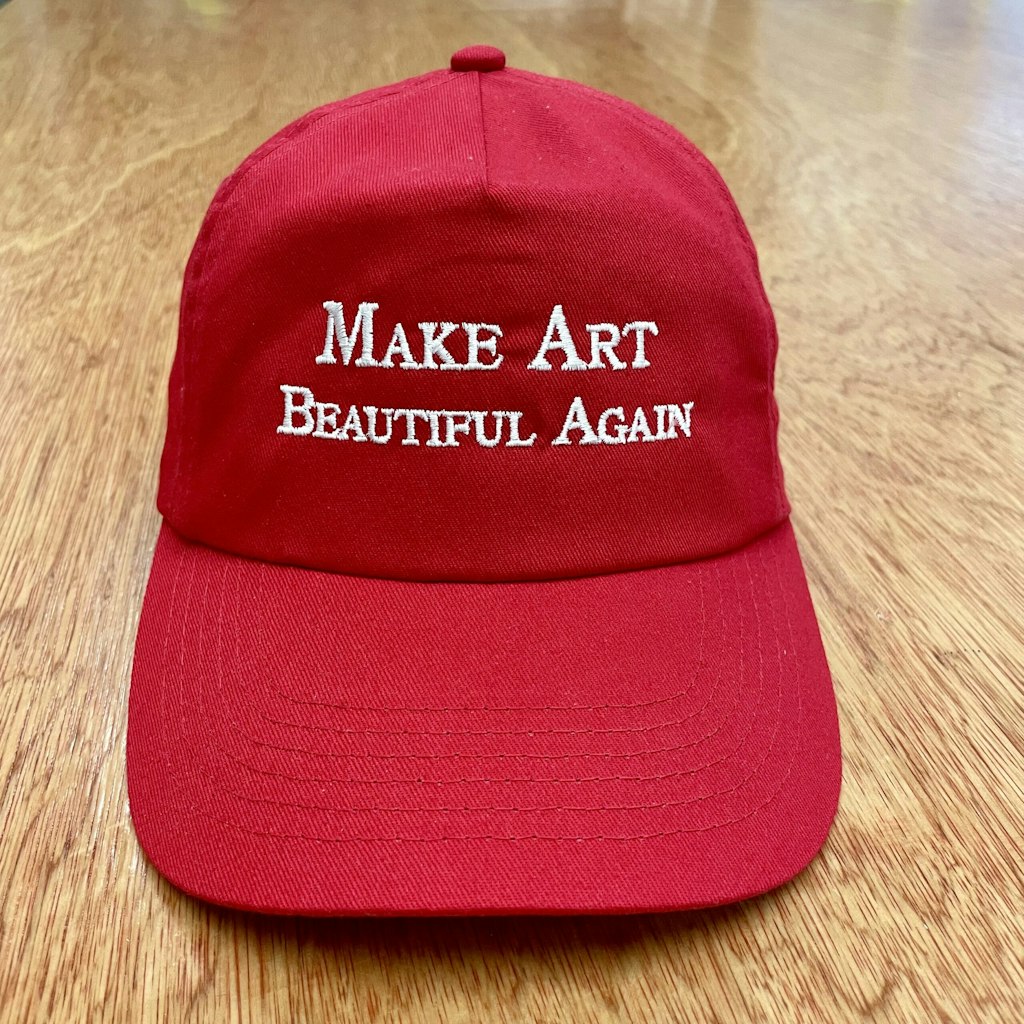Hive collapse
The new elites have ruined everything. Now they’re destroying themselves
Are you an architect or a town planner? Maybe you’re a musician, artist or an arts officer? A publishing assistant, or even a writer for a periodical? Congratulations, you’re in one of the 25 “most elite occupations in the UK”, according to a 2021 sociological analysis. Don’t flatter yourself, though, because hardly anybody seems to know what “elite” means anymore. It’s more often an insult than a mark of distinction.
What if you’re part of “the new elite”, a class of persons barely distinct from what Suella Braverman called “the blob”? Maybe you don’t mind such verbal abuse and are enjoying the cultural and political influence which your elite status affords you. Don’t relax yet, though, because the threat of intra-elite conflict is looming. Nowhere are the signs of this oncoming struggle more apparent than in the arts, the pursuit of which was once synonymous with discernment. You may be on your way out of the new elite club before you know it. You may even bring the club down with you.
In early May, the staff of London’s Live Art Development Agency (LADA), an organisation which for two decades broke artistic ground in performance, announced that the charity’s trustees had decided to close it down, citing disagreements with the public funder Arts Council England.
What little is publicly known of this meltdown points to severe in-fighting
The live art community was shocked. A petition to “save LADA” was set up and quickly gained over 4,000 signatures. Statutory filings revealed that nine of LADA’s trustees had resigned in a single year. Google suggested that the three who replaced them were artists of unremarkable standing who seemed more interested in promoting themselves than in governance or voluntary service. One was a man with the Charity Commission but a female houseplant on a swiftly-removed part of LADA’s website. Little more could be found of the organisation’s freshly appointed artistic directors, except that one now entertained a full-time job elsewhere.
Days later, the trustees issued a statement of their own. LADA would not be closing. The staff’s communique was misleading and the result of an internal “breakdown and decline of trust”. The trustees were sorry — but they also lashed out at the staff’s “relentless, unfounded, and harmful activities”. Did they not pause for a moment before turning on one of the UK’s “very few black-led and majority black-governed publicly funded organisations”? Did the unauthorised petition’s “white majority” signatories think about “the core-shaking events of 2020-2021”? They lambasted the arts community for not taking the time to check the facts with them, before announcing that they wouldn’t be answering further questions at this difficult time.
What little is publicly known of this meltdown points to severe in-fighting of the kind that in the US has precipitated collapses of Pride marches and community cafés. This story is more than an opportunity to poke at the trustees’ bogus invocation of race, however. It’s a vision of what happens when an entire industry is run by people who believe they all deserve the largest shares of the elite pie. In 1999, LADA’s founders were authorities in their field and members of a true professional elite. The executive team who replaced them in 2021, on the other hand, had no more experience than they had status. Neither did the new trustees charged with overseeing and supporting their work. This isn’t an indictment of the new crew’s attitudes or aptitudes, or a story of positive discrimination gone wrong, but a sorry reality of the “new elite” facing up to the limitations of its symbolic power.
How elite is LADA now? Artistic directors take a proud place in the top fifteen on that ranking of elite occupations. The list also includes the clergy, therapists and judges, relying on data from the Labour Force Survey. That’s convincing, except that the paper’s definition circularly follows from the Office of National Statistics’ definition of social class which, in turn, relies on the recorded occupation of one’s parents. The stats reveal that the children of theatre directors are embarrassingly likely to become actors, but it makes little sense of the non-elitism of the children of electricians — who become electrical contractors.
Lacking access to LADA leadership’s birth certificates, one could check their CVs. In a recent conversation with Aaron Bastani, the author Matthew Goodwin (whose career as a political scientist places him dizzyingly near the top of that sociological hierarchy) tried to include nearly anyone with a university degree in his definition of the “new elite”. Bastani stuck to the material basis of power and argued that a graduate charity worker earning £25k a year had little to bargain with. Clearly, an MA in performance art doesn’t guarantee success with a performance art organisation.
New elitism emerges at the insidious intersection of nepotism and credentialism
What if all these perspectives are right? The sociology of class and labour shows that the most competitive industries distribute top jobs through shameless favouritism. Goodwin isn’t alone in arguing that the post-war economic and education boom lifted tens of thousands of people into new professional fields. Their children went through higher education and now dominate the same, socially powerful occupations. However, it is also true that many recent would-be entrants into those fields for whom Bastani reserves all his sympathy find their applications for new elite status rejected, without explanation. New elitism emerges at the insidious intersection of nepotism and credentialism, which masquerades as a meritocracy with a sprinkling of equitable reinforcement.
All this was fine for a generation or two, but now elite professions are not growing as fast as new aspirants are born and educated into them. The arts are elitist not to preserve artistic quality but to guard the power of the incumbents and institutions, and this causes friction at the borders. Before passing the baton on, LADA’s founders engaged in a multi-year programme of selection, training and development of the new leadership, but even this turned out not to be enough. Seeing the competition lining up right behind them, the latest new elites are so desperate to pull the drawbridge up behind them that they end up throwing everything into the moat.
Forcing the gates open could be one way to undermine the new elite for good. In one such bold move, the artistic director of the young adult-oriented Boundless Theatre has committed to formally sharing his role with four 18- to 25-year-olds in the next two years. This makes sense for an organisation whose productions include “How To Save The Planet When You’re A Young Carer And Broke”. It should be welcomed as an attempt to reverse the trend of elite capture described by Olúfẹ́mi O. Táíwò, which has forced art forms like community theatre from the hands of communities and subjected them to pointless bureaucratic and ideological control. Yet, the prospects of this initiative are limited because Arts Council England demands that each of its funded portfolio organisations employs an executive director, meaning that the dissolution of new elite power is contractually foreclosed.
Elsewhere, the keyboard-warrior campaign “Fair Museum Jobs” calls out the ways in which elite arts occupations deter new entrants with sometimes shockingly unfair recruitment practices. It’s not unusual, for example, for museums to demand that candidates for even the most entry-level jobs such as gallery invigilation be equipped with a master’s degree in museum studies. Wouldn’t it be great to do away with such credentialism once and for all? “Fair Museum Jobs” insists that qualification requirements should be abolished for all jobs, however, including senior and specialist positions in collection curating or research. Taken literally, this is a call to turn even those fields that should abide by some forms of merit or elitism into a free-for-all. Whatever their professed views on the democratisation of institutions, the new elites are unlikely to cede this ground willingly.
Resistance to erosion is built into the very machine of elite reproduction. This is evident in the ever-declining standards of higher education and professional training. A few years ago, a Midlands contemporary dance consortium ran two parallel training programmes for young practitioners. One followed the traditional training methods of ballet and concentrated on technical and practical proficiency. The other focussed on self-expression and eschewed the demands of the barre in favour of freeform movement. Both approaches have their place in a healthy arts ecosystem, of course, and much aesthetic innovation has come from the rejection of traditional rigour. The new elite isn’t really interested in promoting the next generation’s avant-garde aspirations, however, because the professions rely on … professionalism. In the competitive industry, many of the classically trained dancers easily found jobs after their training, whilst many of the freeformers’ careers were a struggle. Bad education is not merely a bug introduced by funding cuts; it’s the new elite’s self-care routine.
Such behaviours amount to sabotage that wastes what power the new elite has under the pretext of an unwinnable battle to keep the hive intact. Bastani is right that the new elite has no material crutch to lean on in distress, but so is Goodwin when he points to its short-termist, unthinking ideological opportunism. In the past week, Arts Council England agreed to fund LADA under an exceptional agreement for six months whilst the organisation works out its governance problems. We should prepare for more such breakdowns because the cracks in the new elite are structurally threatening. Depending on your elite club membership status, that may not be so bad.
Enjoying The Critic online? It's even better in print
Try five issues of Britain’s most civilised magazine for £10
Subscribe














